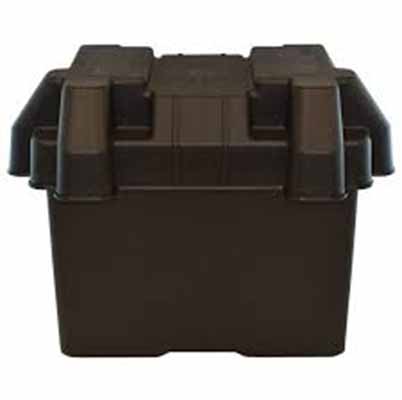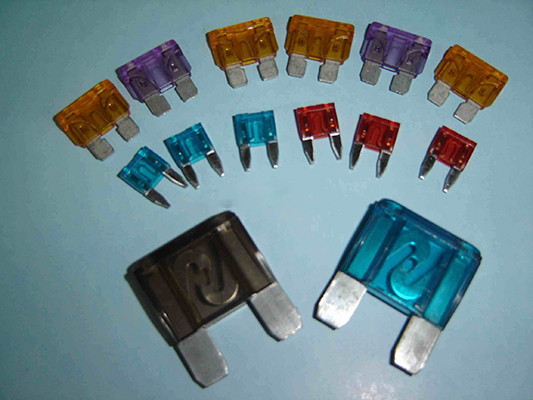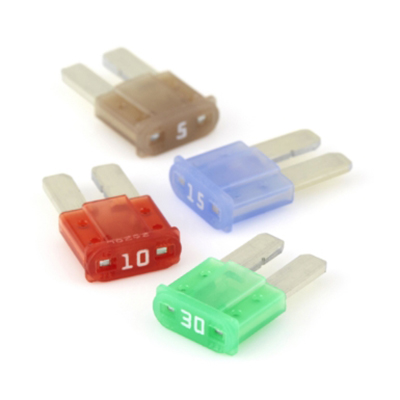Current Fuse for Electric Vehicle Battery Circuits Ensuring Safe Operation
News 2025-10-24
In the rapidly advancing field of electric vehicles (EVs), ensuring the safety of high-voltage battery systems is critical to prevent hazards like fires and explosions. Current fuses serve as essential protective devices in these circuits, designed to interrupt excessive current flow and safeguard both the vehicle and its occupants. As EV adoption accelerates, the integration of reliable fuse technology addresses key safety concerns, adhering to standards such as ISO 26262 and UL 248. These components are vital for maintaining operational integrity under various driving conditions, from urban commutes to high-speed highway travel.
Application Scenarios in Electric Vehicles
Current fuses are deployed across multiple EV systems, including battery management systems (BMS), charging infrastructures, and power electronics. In BMS, they protect individual cells from overcurrent caused by short circuits or failures, while in DC fast charging setups, they handle high currents up to 350A to avoid thermal runaway. Additionally, fuses safeguard inverter circuits and DC-DC converters, ensuring stable power delivery to motors and auxiliary systems. This versatility makes them indispensable in both pure electric and hybrid vehicles, enhancing safety during normal operation and fault events like collisions.
Key Performance Advantages
Current fuses in EV battery circuits excel through rapid response times, often activating in under 10 milliseconds to halt current flow and prevent damage. They offer high interrupting capacities, capable of managing fault currents exceeding 10kA without catastrophic failure, which is crucial for high-energy-density lithium-ion batteries. Constructed with advanced materials like ceramic or high-purity metals, these fuses resist corrosion and maintain efficacy across wide temperature ranges, from -40°C to 125°C. Their compact design also optimizes space in crowded battery packs, contributing to vehicle efficiency and longevity while reducing the risk of system-wide failures.
Frequently Asked Questions
1. What role do current fuses play in EV safety?
They act as the first line of defense by breaking circuits during overcurrent events, minimizing risks of battery fires and electrical shocks.
2. How are current fuses selected for different EV models?
Selection depends on factors like voltage rating, current capacity, and response speed, tailored to the specific battery chemistry and vehicle architecture.
3. Can current fuses improve overall EV efficiency?
Yes, by providing reliable protection without drawing power, they help maintain system integrity and reduce the need for complex backup safety measures.


